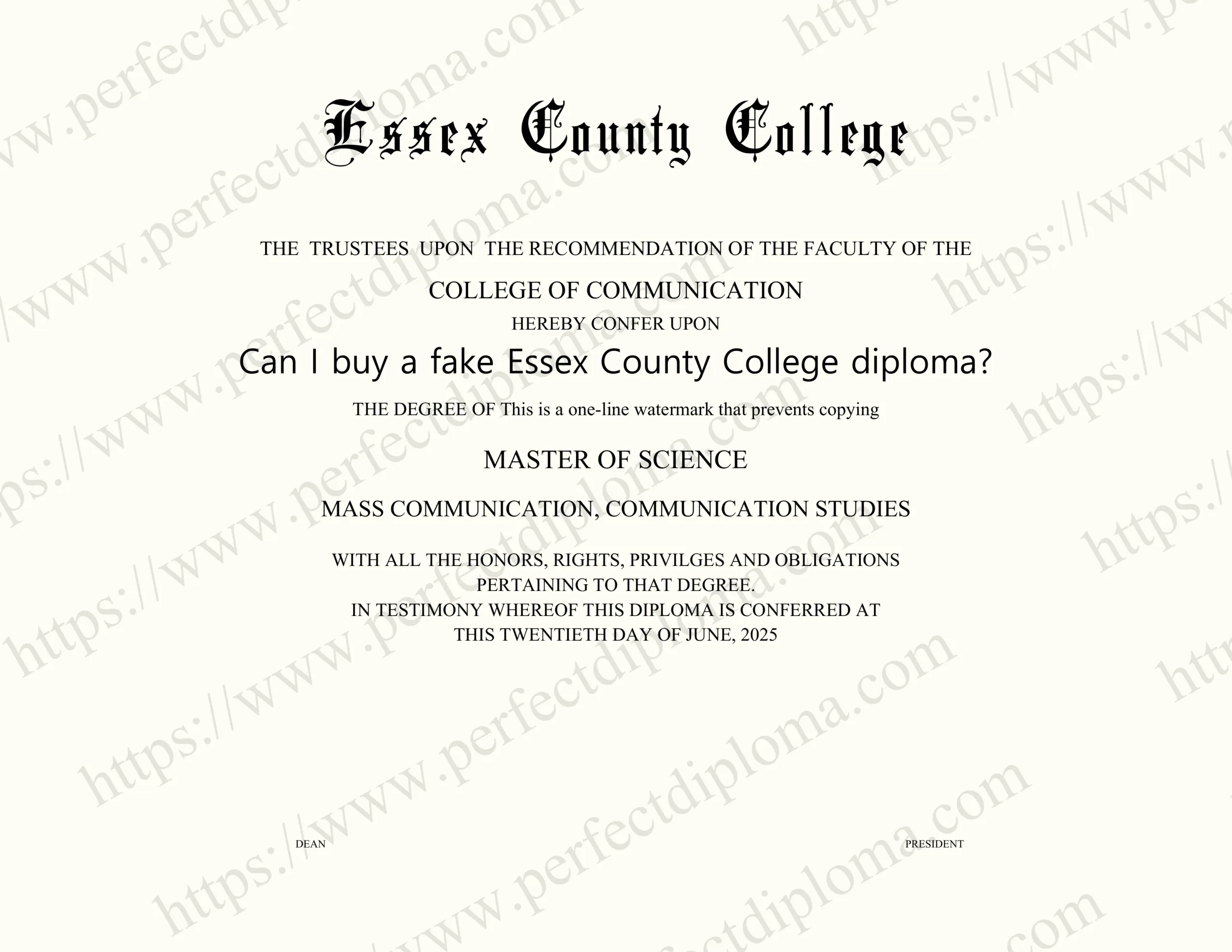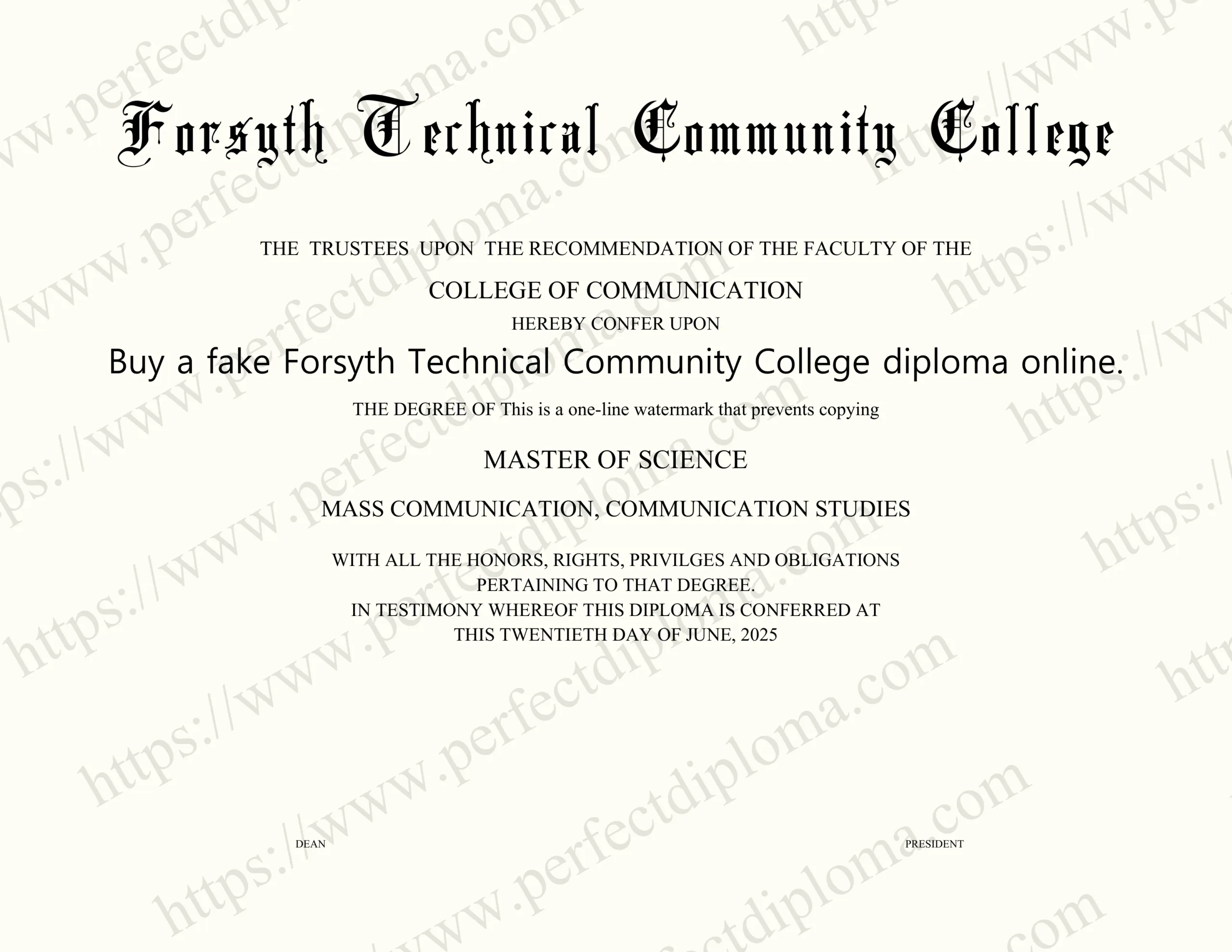
The landscape of higher education is perpetually shifting, but few contrasts are as stark or as instructive as the one between the archetypal university experience in the United States and the emerging model of the Sino-Western university. This new entity, often a product of deep collaboration between American and Chinese institutions, is not merely a branch campus but a fascinating experiment in creating a third culture of learning. It represents a fundamental reimagining of educational values, priorities, and methodologies, standing at the intersection of two powerful academic traditions.
At the heart of the classic American university lies a philosophy of liberal arts education. This model champions the cultivation of a well-rounded individual. The undergraduate journey is often one of exploration, where students are encouraged to sample courses from philosophy to physics before declaring a major. Critical thinking, debate, and the ability to deconstruct arguments are paramount. The classroom is ideally a dynamic arena of discussion, where professorial authority is tempered by the expectation of student challenge and participation. The ultimate goal is not just to impart knowledge, but to forge a flexible, inquisitive mind capable of navigating an unpredictable world. Extracurricular life, from sports to student government, is considered an integral part of this personal development.
In contrast, the traditional Chinese system, whose influence heavily shapes the Sino-Western hybrid, has historically emphasized depth, discipline, and direct contribution to national progress. Specialization begins early and is pursued with intense focus. The mastery of a core body of knowledge is the primary objective, achieved through rigorous examination and meticulous study. The student-professor relationship is often more hierarchical, rooted in respect for scholarly authority and experience. Success is measured through demonstrable expertise and the ability to excel in highly competitive standardized tests, which serve as gateways to advanced study and prestigious careers.
The Sino-Western university exists in the creative tension between these two paradigms. Its architecture is a physical manifestation of this blend. One might see a library designed with collaborative, open-plan learning commons reminiscent of a California tech campus, situated next to a research laboratory equipped for cutting-edge, state-directed projects in artificial intelligence or renewable energy. The curriculum is a carefully negotiated document. A student majoring in electrical engineering might follow a course sequence nearly identical to that of its American partner institution, yet these classes are infused with case studies and applications relevant to the Asian market and its specific technological challenges.
The student body itself is a unique microcosm. It comprises both international students seeking an American-style degree with a distinct Asian vantage point, and domestic Chinese students accessing a global education without leaving the region. This creates a social and academic environment where different learning styles constantly interact. A group project might bring together a student trained to question assumptions and one trained to absorb foundational principles, forcing a synthesis that is often challenging but immensely productive. The pedagogical approach of the faculty, often a diverse mix of Western and Eastern academics, must adapt to this. They become mediators of educational culture, guiding discussions while ensuring a comprehensive grasp of complex technical subjects.
The challenges facing this model are significant. Navigating academic freedom within different political and social contexts requires constant diplomatic finesse. There can be an underlying pressure to prove its worth not just in academic publications, but in tangible outputs like patents, commercializable technologies, and contributions to economic growth plans. The risk of creating a merely transactional education, valued for its brand rather than its intellectual fusion, is ever-present.
Yet, the potential is profound. In a world grappling with complex, borderless issues—from climate change to global public health—the ability to synthesize diverse modes of thinking is no longer a luxury but a necessity. The Sino-Western university is a living laboratory for this synthesis. It is attempting to produce graduates who are not just bilingual but bicultural in their cognitive approaches: individuals who can appreciate the Western emphasis on disruptive innovation while also understanding the Eastern value of systematic mastery and long-term strategy.
Ultimately, these institutions are more than just universities. They are a bold bet on the future of global cooperation. They suggest that the next great intellectual advancements may not spring solely from the lecture halls of Cambridge or the laboratories of Stanford, but from the hybrid spaces in between. They are testing whether the spirit of American academic inquiry can be sustainably fused with the rigor and strategic focus of the Chinese educational tradition to create a new, more resilient form of knowledge for the twenty-first century. The success of this experiment will be measured not in rankings alone, but in the ability of its graduates to bridge the world’s most consequential divides.
Buy fake certificate in USA, Fast to Get the Midwestern University fake degree., Obtain Midwestern University fake degree online, USA diploma




